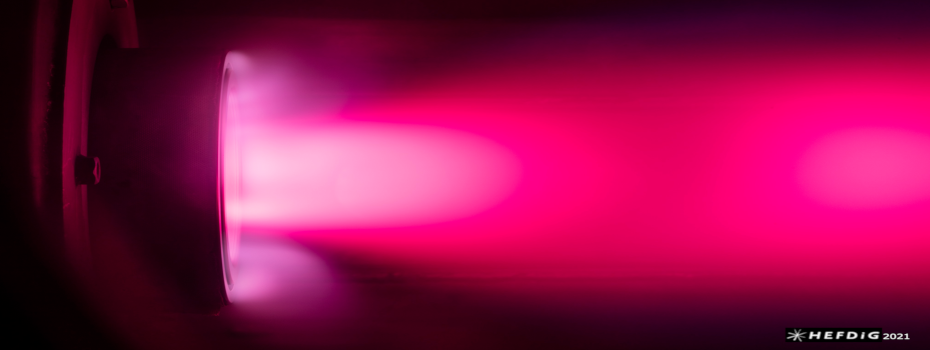Speakers
Description
Introduction:
The Giant planets are key destinations of interest to the planetary science community for their potential to provide insight into the formation and evolution of our Solar System, as well as extrasolar planetary systems. To date, the Galileo atmospheric probe is the only purpose-built entry probe to a Giant planet. Post-flight analysis of Galileo’s performance showed that there was significant recession of the thermal protection system (TPS), well beyond what was predicted on the flank, and this was due in part to insufficient modeling capabilities for estimating the flight environment and TPS response. While Galileo ultimately survived its flight, the example serves to highlight the great challenge of designing successful missions for environments that are poorly understood or where models have not yet been validated. NASA’s Entry Systems Modeling (ESM) Project is tasked with investigating such considerations for planetary science missions across the Solar System, and in recent years has begun to do so for Giant planets. This talk provides an over-view of the ESM project and highlights the impact of ongoing and future investments.
The ESM project is leading efforts to develop accurate thermochemical databases based on state-of-the-art measurements in the Electric Arc Shock Tube and detailed computational chemistry. The large heat fluxes anticipated by mis-sions has driven interest in new TPS materials, in particular woven materials, which may be enabling but have never been flown before. Consequently, multiscale models are in development to describe properties and performance of the materials from micro- to system-scale. The goal is to not only provide accurate thermal response but also to inform thermostructural reliability predictions for extreme entries. Additionally, new computational models have been developed to evaluate performance of non-destructive evaluation techniques which are vital to establishing acceptance of systems to be free of manufacturing faults like material cracking, voids, and debonding. In the area of guidance and control, aerocapture has been shown conceptually to provide a number of mission benefits, including reducing transit time and increasing payload frac-tion. The ESM project is building a launch-to-landing trajec-tory simulation capability to enable detailed studies of aerocapture maneuvers in the context of Giant planets mis-sions.
Galileo Probe Revisited:
To assess the impact of previous
ESM investments, several state-of-the-art modeling approaches were applied to an evaluation of the Galileo Probe entry. These included coupled ablation modeling, TPS recession due to ablation, full angular integration of radiation, high-fidelity diffusion modeling, ionization potential lower-ing of H, state-specific H modeling, and precursor absorption in the freestream. Results of this study are shown in Fig. 1. This figure shows a comparison with flight data and preflight predictions [1]. This analysis provides the most accurate re-cession prediction for the Galileo Probe TPS material to date. Although a Jupiter probe will experience a much different environment compared to a probe entering the other gas giants, this work highlights not only the impact of ESM project investments, but also, as part of the uncertainty analysis per-formed, identified areas of investment to reduce risk for future gas giant probes.
Summary
Overview status of EDL research relevant to H2-He destinations

